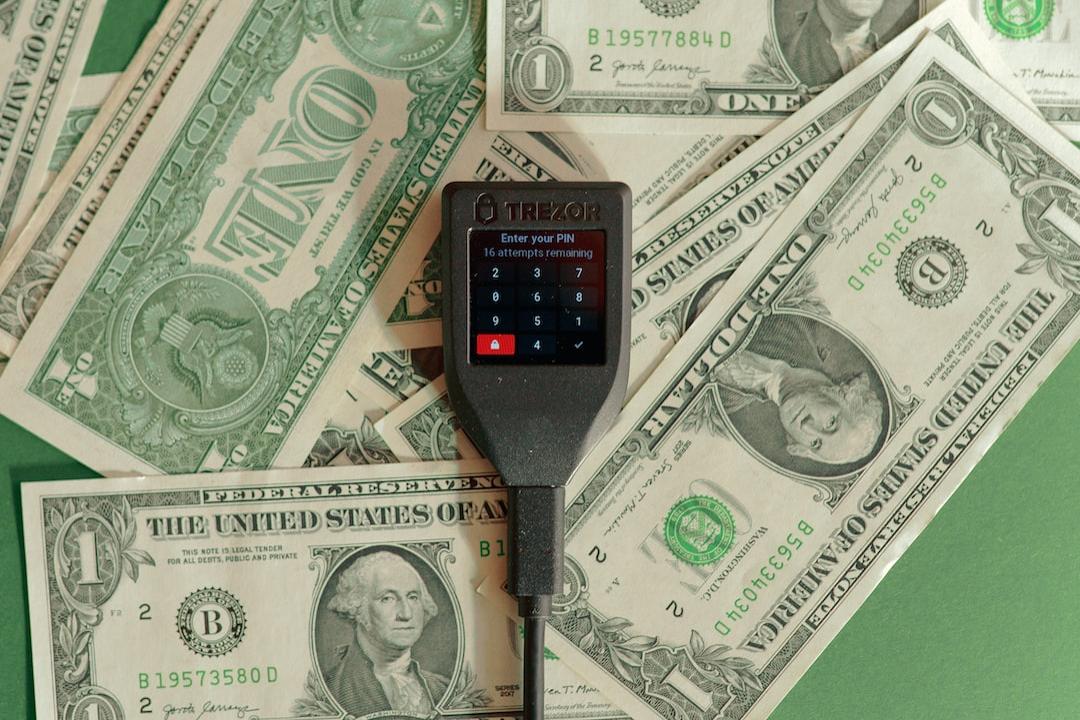CoinDesk Report:
Addresses holding at least one Bitcoin are known as “wholecoiners,” who constitute a significant proportion of Bitcoin’s total supply. Therefore, the number of wholecoiners is regarded as a crucial metric indicating market confidence in Bitcoin’s future prospects.
BTC Wholecoiners Maintain Above 1 Million for 13 Consecutive Months
On May 13, 2023, the number of wholecoiners surpassed the milestone of 1 million when Bitcoin was priced at $27,000. By January 1 this year, the number of wholecoiners reached a record high, with over 1,024,000 wallets holding one or more Bitcoins.
Currently, the number of wholecoiners stands at 1,010,800, maintaining above 1 million for 13 consecutive months. Despite Bitcoin’s recent decline from its all-time highs in the past few months, the number of Bitcoin holders has not decreased. This suggests that wholecoiners may believe Bitcoin has not yet reached its peak.
Can BTC Wholecoiners Also Predict the Bottom?
Conversely, during the period in 2022 when Bitcoin’s price fell by over 65%, the number of wholecoiners surged. The most significant growth occurred during the market crash in June and after the November closure and bankruptcy application of FTX.
During this time, no one could determine whether Bitcoin’s bottom had arrived. However, with the increasing number of wholecoiners, this might also be seen as an indicator of major players buying at the bottom. In hindsight, November 2022, when Bitcoin dipped to $15,500, indeed marked the bottom of the last bear market.

Options Market Bullish on Bitcoin Q4 to Set New Highs
On the other hand, in Bitcoin options expiring in September, the highest open interest (OI) was at a strike price of $90,000, while for options expiring in December, the highest OI reached $100,000.
This indicates that the market may strongly anticipate Bitcoin prices exceeding these strike prices in September and December, suggesting the potential for Bitcoin to set new highs in the fourth quarter of this year. However, it is important to note that options trading is complex, and relying solely on this data cannot accurately predict future trends. It requires additional market data for precise analysis.


